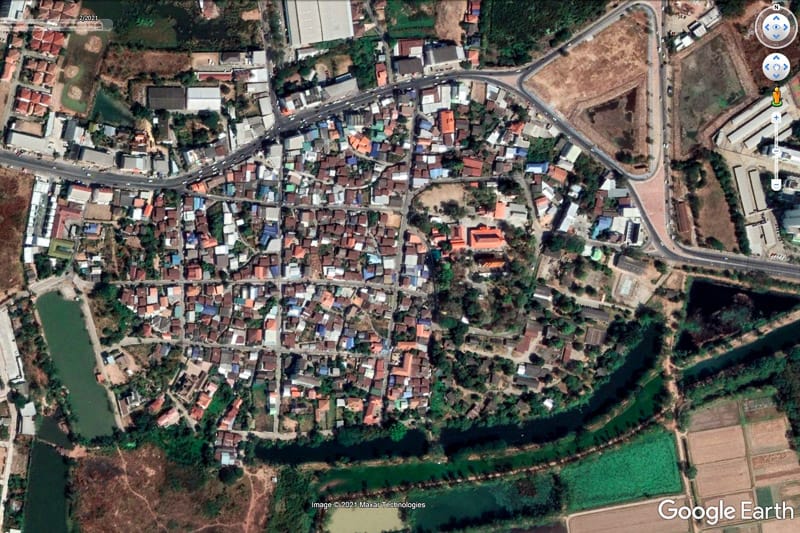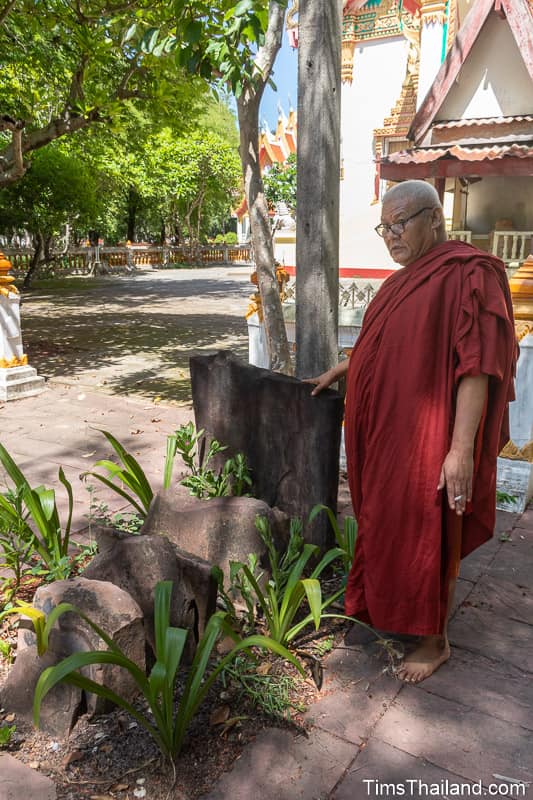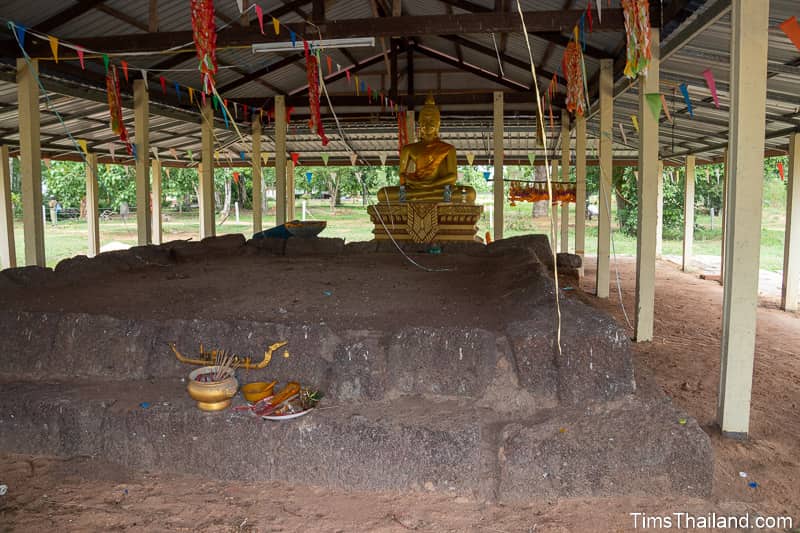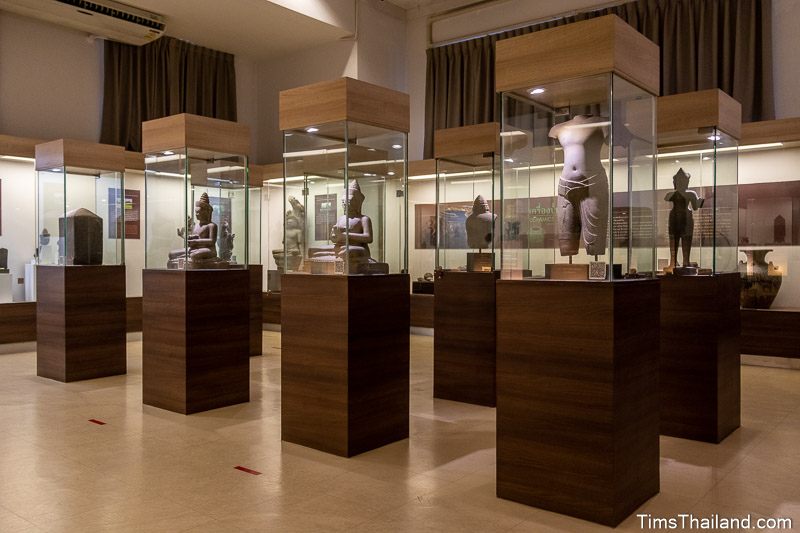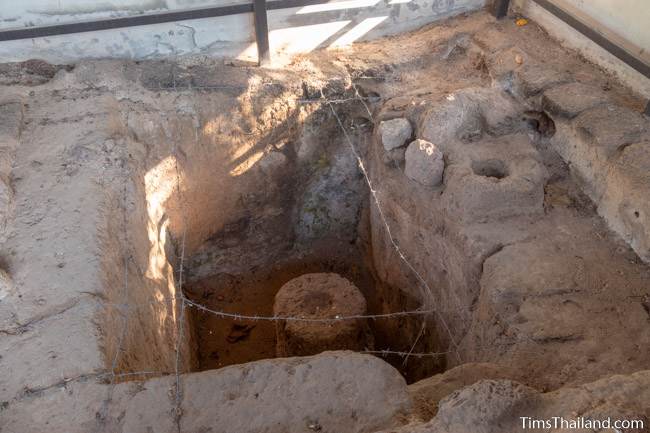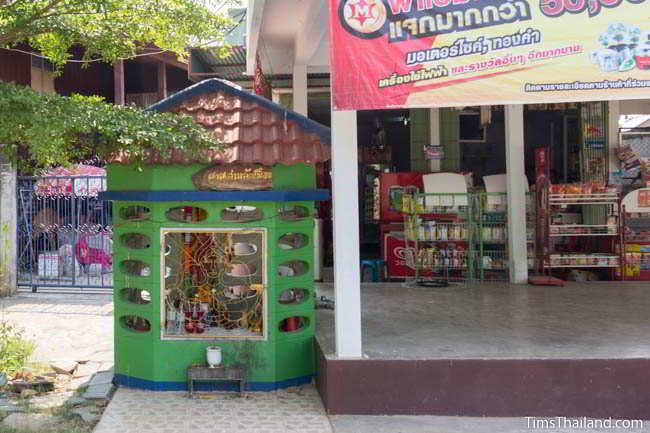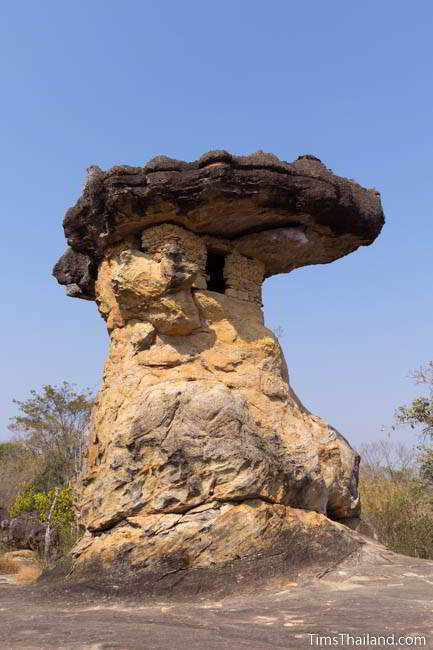Sri Than Ancient Community
Founded in 1789 (or 1838, depending on your perspective) Khon Kaen is anything but ancient. But long before the city began there was another significant settlement here. The Sri Than Ancient Community (เมืองโบราณศรีฐาน), named after the modern village that now occupies the same […]
Read more